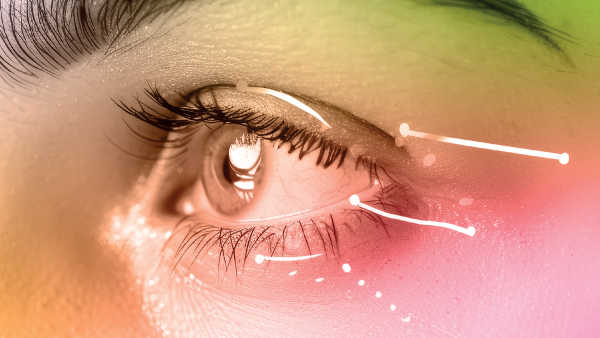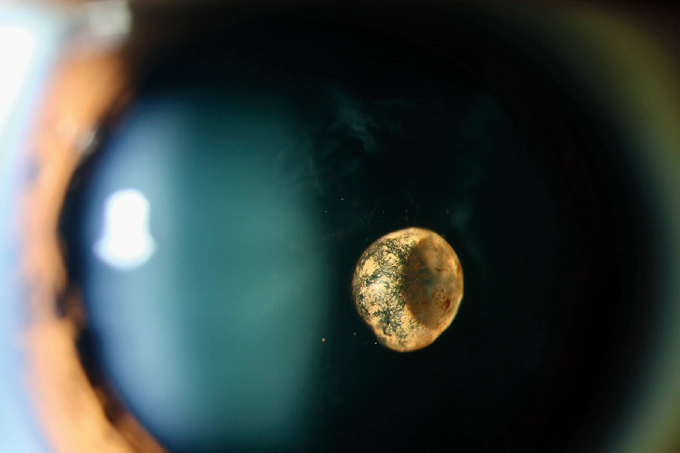You are viewing 1 of your 3 articles before login/registration is required
Good Contact Lens Hygiene: Who’s Going to Say It?
Conveying the importance of good contact lens hygiene to patients is crucial – but what’s the best way to do it?
What warnings should contact lens packaging display? You might be asking this question after hearing of Marie Mason’s case, which has received widespread coverage across both UK and international news outlets recently.
Mason first began to feel discomfort in her left eye in 2015 while wearing 30-day continuous wear contact lenses. She explained, “I started feeling like I had a foreign body in my eye, like a bit of sand or grit, which, when you rub it, will normally go away, but it wouldn’t (1).” After continued discomfort and a decline in her vision, she sought the advice of eye care practitioners, who identified an Acanthamoeba keratitis infection. They concluded that Acanthamoeba from shower water had gotten under her contact lens, multiplying and feeding on her cornea. The next five years involved a number of treatments and several unsuccessful procedures, including three corneal transplants – but eventually, in March 2020, Mason’s eye was removed.
Cases like this are rare – only 150 to 200 in the UK every year – and very few patients lose their eyes, though half of them end up with greatly reduced visual acuity. Nonetheless, Mason’s story highlights the fact that, for those affected, the effects can be devastating. Publicity around her case has led to questions about prevention. Mason thinks contact lens manufacturers should prominently display the risk on their packaging to deter people from wearing their lenses in the shower or touching them immediately after washing their hands. Her calls are echoed by some in the field – for instance, John Dart, consultant ophthalmologist at Moorfields Eye Hospital, London, UK, who agrees that companies should do more to highlight the importance of good hygiene when using their products.
But not everybody believes that warnings on packages are the best way forward. Luke Stevens-Burt, CEO of the British Contact Lens Association, points out that the packaging already features a “no water” sticker. He believes that new warnings might actually increase confusion due to existing space limitations and regulatory restrictions and requirements. Instead, he says that the onus of conveying the message should be on lens prescribers, because packaging is usually discarded as soon as the lenses are removed.
It’s clear that best practices for wearing contact lenses are not universally known, as demonstrated by another recent viral case in which a patient had 23 contact lenses removed from her eyes (2). The term “continuous wear” may falsely give the impression that such lenses can be worn at all times, including in the shower or while swimming – but what is the best way to let patients know that’s not the case?
References
R Sissons et al., “Leicestershire woman who lost eye calls for contact lens warnings” (2022). Available at: bbc.in/3Wg6MmO.
K Kurteeva (2022). Available at: bit.ly/3Wd3qks.
The New Optometrist Newsletter
Permission Statement
By opting-in, you agree to receive email communications from The New Optometrist. You will stay up-to-date with optometry content, news, events and sponsors information.
You can view our privacy policy here
Most Popular
Industry Events
Presbyopia 2024
Case Reports in Ophthalmology 2024
Sign up to The New Optometrist Updates
Permission Statement
By opting-in, you agree to receive email communications from The New Optometrist. You will stay up-to-date with optometry content, news, events and sponsors information.
You can view our privacy policy here
Sign up to The New Optometrist Updates
Permission Statement
By opting-in, you agree to receive email communications from The New Optometrist. You will stay up-to-date with optometry content, news, events and sponsors information.
You can view our privacy policy here








